This year’s Blackview’s brand flagship is here and strictly speaking the Blackview R7 is not a real flagship in the wider sense, but more like the best model from the portfolio. So don’t expect any challenger for the really power devices of the bigger names. So following the recent Blackview BV6000 review we can take a look at another phone from this chinese manufacturer so let’s get to it. And of course we would like to thank Blackview directly for providing the review sample for us (you can buy this phone from here $167).
Packaging
Standard sized white box with the Blackview logo and blue sticker in the right corner proudly saying “R7 4G” won’t tell you much about its contents. The back is a bit more forthcoming revealing the list of the hardware specifications and dimensions. One small funny observation though, there is a hillarious “Designed in Italy, Made by Blackview” sentence on the box, so do they really try to tell us the standard and universal white box is a result of a work of italian designer brain trust ? That would need a lot of imagination.
Inside the box you can find the phone itself lying in a paper cradle and beneath it quite a rich accessory extras. That consists of the charger supporting either 5V2A, 7V2A or 9V2A and of course supports the fast charging. Further we have the micro-USB cable, OTG cable, basic in-ear headphones, SIM tray ejecting pin, manual, second display protector and silicone case for the phone. That’s really not bad all things considered, well done Blackview.
Design and build
Blackview R7 is certainly not the lightest of the phones, with 198 g it ranks among the heaviest 5,5-inch display phones and rivaling the similarly beefy UMI Super. It’s certainly caused mainly be the metal chassis and frame as long as the quite big 3500 mAh battery. But that also means firm grip, sturdy and comfy feeling in hand and frankly i liked the solid construction of the phone a lot.
Unfortunately (or maybe fortunately for some) the back cover is only plastic and lacks the metal feel of the frame, which is a shame, but still the build quality is very good. Everything lines up perfectly, all the seams and antenna stripes are properly done, but the plastic back cover has a tendency to bend a bit up in the middle and along the headphone connector it’s not as seamless as it should be. The side buttons are aluminum ones with good feel and press, but appear to be a bit wobbly, just as the SIM tray. And the SIM tray is suffering from another illness too, it has a totally different color shade than the rest of the frame. But all in all with some small imperfections aside the Blackview R7 is a good looking phone with a solid build and with the price around $170 you can’t expect much more.
So let’s take a more detailed look at the design and feature placement, starting with the back cover. As mentioned before it’s a plastic one and could use some better build quality. The slightly protruding camera lens is located in the upper left corner along the LED flash and the secondary microphone. All of those are inside the rugged plastic stripe, which mimics the one used at the bottom of the back cover too. In the upper middle you can find the fingerprint scanner, which we will take a closer look at in the following chapters, but it’s just rightfully placed and easily recognizable.
Left side carries only the ejectable tray with the hybrid SIM slot and the right side is for the usual physical buttons, the volume rocker and the power button. Both offer quite good press experience and location, no problem to easily find and recognize them with your fingers.
The chin hides the micro-USB connector and 6+6 speaker grille holes. Six left ones are reserved for the microphone and the six right ones for the actual speaker. Upper edge of the phone has just the 3,5mm audio jack and nothing else, minimalism at its best.
And at last the front panel, of course dominated by the 5,5-inch FullHD screen we dissect in the next chapter. Below the display are the usual trio of the function Android buttons, but unfortunately not back lit. Above the display you can find the usual assortment of the sensors including the proximity sensor, ambient light sensor and the selfie front cam. But the Blackview unfortunately totally ignored another light source, the LED notification... That’s really something I don’t understand, the spare part costs few cents and the practical worth for the user is immense.
Dimensions of the Blackview R7 are 152 x 78 x 8.9 mm and the mammoth weight of 198 g. This phone is most certainly not designed for the shirt front pockets.
Hardware
Blackview are one of the few chinese manufacturers not afraid to please even the european customers and incorporate the full 4G support in their devices covering the bands 1/3/7/8/20 so the 800/900/1800/2100/2600 MHz frequencies.
List of the hardware specs need to start with the processor and the Mediatek Helio P10 (MT6755) with eight Cortex-A53 cores clocked up to 2 GHz produced by the 28nm process delivers quite some punch, seconded by the GPU Mali-T860MP2 and generous portion of 4 GB RAM. The 32 GB of storage capacity is expandable via the microSD cards, but keep in mind the slot is hybrid so either the microSD or the secondary SIM. Both microSIM cards offer the 4G data though.
Rear camera with the 13 Mpix resolution and nice f/2.0 aperture uses the Samsung OV13853 sensor, while the selfie front cam runs just a 5 Mpix resolution thanks to the Samsung OV8858 sensor. We will take a detailed look at the camera performance in an individual chapter later on.
Battery capacity is 3500 mAh and the battery is non-replaceable, the back cover won’t allow that. List of the supported abbreviations isn’t long, the phone has only LTE and OTG, not a sign of NFC or an IR blaster. At least fingerprint scanner in the back is extremely fast and precise, we will get to that later.
Display
Not that long ago displays bigger than 5 inches have been considered as monstrous, but due to today’s standard is more or less 5,5-inch and that’s exactly what the Blackview R7 is packing. FullHD resolution 1920x1080 pixels is exactly the sweet spot for such a display size and the R7 uses a nice IPS panel with great color balance. White is really white, red is rich and blue is also precise, only the black tends to catch a slight violet shade, but that has to be expected, only the way more expensive phones have it better balanced. The back light consistency is also very good, no bleeds or shiny points.
As for the brightness levels the Blackview R7 offers quite a good range, the lowest setting for absolute darkness could be maybe even a little lower, but the max setting is spot on and good enough.Sadly the glass panel is quite reflective and in a sunny day you will have a bit of a problem to see the display clearly. Once again take into consideration the price range of the phone, at this level it delivers more than acceptable results. The digitizer works perfectly, never felt the need to call the Ghostbusters to fix it during the testing, reactions proper and swift.
The display is protected by the Corning Gorilla Glass 3 so should be well off against some scratching and bruising. I rather didn’t test the”adhesive” features of the display, because I kept the protective filter on at all times. All things considered the display is pretty good, but we can also find one really annoying thing and that is the automatic brightness setting. The ambient light sensor would need better calibration or just replacement right away, because it’s slow and lazy. Hopefully the future firmware updates will address that. Viewing angles are almost endless, colors don’t change at all and it almost feel like I’m watching an AMOLED display.
Functional buttons are not back lit, which is a shame especially considering the “flagship” aspirations of the device. Don’t get me wrong, it’s not fully necessary and you can control the phone just fine, but it’s a handy feature to have.
System - Android 6.0 Marshmallow
It’ always a pleasure to be testing a phone with an actual version of Android and not some dinosaur one, even though the Marshmallow is with us for more than 7 months already, many devices are still successfully ignoring it. Blackview R7 is not using any modified ROM, just some basic tweaks with the custom launcher without the app dock, some icons and some gestures. No pre-installed bloatware either except the Xender app, but it takes literally one second to uninstall it.
As usual with the chinese production launcher it doesn’t have an app dock and all the icons are placed on the homescreens. The Blackview native launcher is in general a pretty basic one not allowing for much of customization. The bottom list of icons is even limited to only 4 of them, which is pretty bad for a 5,5-inch screen size. Well luckily we have a Google Play and endless stream of better launchers to download and install.
Another tweaked area is the gesture support including not just the “on screen” ones, but also some “waking gestures”. First ones can lock the phone with double tap of the Home button, but the downside is the fact upon unlock you are at the Home screen and not in the previously opened app. Another thing is the three finger swipe screenshot taking, which i personally don’t consider as too handy or anything. The other family of the gestures include the classical Double Tap to Wake (DT2W), music switching and some letter gestures for various launching of apps and features. But once again the DT2W didn’t work that well and the phone has a tendency to unlock/light up in the pocket.
The lockscreen sadly doesn’t support any kind of fast launch of anything and that’s a bit of a shame, I quite learned to use that in all of my previous phones.
The optimization and whole stability of the ROM R7_Blackview_20160720 was just fantastic, no lags, no crashes, everything just ran smooth and swift. No problems either with the native or installed apps, Blackview apparently spent quite a lot of time on optimizations and it paid off. Having 4 GB of RAM also doesn’t hurt, for the multitasking expereince it’s a real joy to use.
The same can’t be said about the previous default firmware version ROM R7_Blackview_20160704, which had massive problems with battery, wakelock and kernel in general resulting is abyssmal battery life. With the latest one the situation got significantly better but still far from perfect so keep them coming.
Another small bit of criticism can be aimed at the download speed and settings, the phone for an unknown reason slows down the download speed on both WI-Fi or mobile date when the screen is off so quite surprised me many times. But that’s something which is hopefully going to be fixed soon
Fingeprint scanner
Users are divided on the matter of the fingerprint scanner placement, some swear the front one is the way to go and some just equally adore the rear placed scanner. So it’s down just to personal preference and I have to say Blackview R7 with its fingerprint scanner on the back did quite a good job. Very rarely i had to repeat the scan, which is usually reserved for scanners of much higher priced devices.
Speed of the recognition is also lightning fast, the manufacturer claims unlock up to 0,2s and i think they are actually not that far off. But the software side of the fingerprint scanner is a bit weaker, you can register up to 5 different fingerprints and use them also for few control functions including the camera controls, homescreen scrolling, audio controls, movie controls or accepting a call.
The app hints at using the scanner also for locking some private apps, but even though i tried hard to find it in the settings it’s just not there. So maybe it is a “coming soon” feature not yet implemented in the current firmware, otherwise it would be pretty much a flop and misguided info.
Performance
The midrange star Mediatek Helio P10 paired with the 4 GB RAM shows quite predictable and solid all-around performance and i would like to single out the excellent cooling mechanism, because even with the cores running at full 2 GHz frequency no throttling or underclocking at all. You can find all the synthetic rest results below, for example in the popular Antutu v6.1.4 the Blackview R7 scored 52102 points.
Battery life
The combination of 5,5-inch FullHD IPS display and 3500 mAh battery is quite the usual one so one would expect the battery life can’t be that surprising. Wrong. The aforementioned kernel problems just crippled it and from the expected 4-5 hours SOT i barely managed to squeeze like 2 hours... The phone had serious problems lasting for more than half a day with higher usage and full day is possible with almost no usage at all. Blackview should really focus on the battery and kernel optimizations, because it’s absolutely so far the Achilles heel of the phone.
Thanks to the fast charge support with charger running 2A/9V the battery should be charged fully roughly in 1h 45m.
Connectivity, voice calls and GPS
As mentioned before the Blackview R7 handles the 4G bands quite well and with support of bands 1/3/7/8/20 it should satisfy most of the (european) customer base. The call quality is superb too, crystal clear sound on both sides thanks to the secondary noise cancellation microphone.
The signal sensitivity is quite a mixed bag, in my testing i would probably call it below average, because it sometimes lost the signal in weird places and the changes between 2G/3G/4G are painfully slow. Paired with overall slow mobile data speeds it is something that really is not a highlight of the R7.
On the other hand the GPS surprised quite positively with the first fix becoming stable after couple dozen seconds and then holding steadily. Accuracy managed to be very good with the deviation +/- 3m so even the navigation inside a city is not a problem. Outside the city the phone also delivered and paired with Endomondo it just worked to my full satisfaction.
Camera
The rear camera features the 13 Mpix resolution and capability of taking the FullHD videos, the used sensor is Samsung 3M2 and for the front selfie cam we have the 5 Mpix Omnivision OV5648. The lens of the rear camera offers quite nice f/2.0 aperture so theoretically the low light capabilities could be quite good.
So how’s the camera performance ? Well for starters we have to once again emphasize the fact that even though the Blackview R7 is marketed as a flagship device, the cost is stil under $200 which means the camera can’t be really that impressive. The camera app is still the same Android one we know for like two years without any major changes, so yes it offers only very limited controls including ISO, exposition, face detection, self shutter,smile detection or some basic filters.
The pictures in perfect sunny light conditions are quite alright, although suffering from high compression, slightly washed out colors and not so idea automatic white balance. For example my tries with taking pics in the artificial light in the underground metro station resulted in extra yellowish samples no matter what. The chip has a tendency to overexpose the lighted spots, but nothing some manual focus can’t fix. The low light pictures are way worse, the phone focuses for ages, the high ISO and long times always make the picture without details and blurry, the f/2.0 aperture is apparently not enough to save that.
The LED flash is quite strong and capable of lighting up a small room, but has a light bluish tone and the produced light is more spread than focused. You can also try using the HDR, but in my experience the HDR in R7 is close to non-existent, differences between the HDR and non-HDR shots are very minor.
The FullHD video capture kind of mirrors the photo performance, the main enemy is once again the light, because in low light settings the framerate can fall as low as 14 fps, which makes the FullHD experience quite horrid. Even in good light the fps drops are still there and the latency between individual frames is just painful. But the worst problem in my opinion is the recorded sound quality, or rather the absence of sound quality. At first i got scared it’s not recording the sound at all, because the resulting audio level was so low it was barely audible. Could be just a problem with my individual piece or some software glitch, but still a very disappointing issue.
Sound
The loudspeaker is located in the back on the right side and is definitely not the loudest one in town. The audio max level is low, higher frequencies are pointy and bass is non-existent. And when the sound is turned up a lot the whole phone just vibrates and reverberates . But well for the basic usage it’s probably adequate, just don’t expect any audiophile orgies.
Headphone output is quite similar with the low volume and even for the in-ear headphones you need to crank up the volume almost to the max to be able to hear something. I tried to tweak it using an equaliser, but it actually made things even worse. At least the output sound quality is pretty good, which is quite the norm for the latest Mediatek chipsets and it will satisfy even the demanding audio lovers. Installing some better player with the “preamp” preset like Poweramp, Stellio or BlackPlayer is a neccesity though to fix the volume problems.
Blackview R7 review - Conclusion
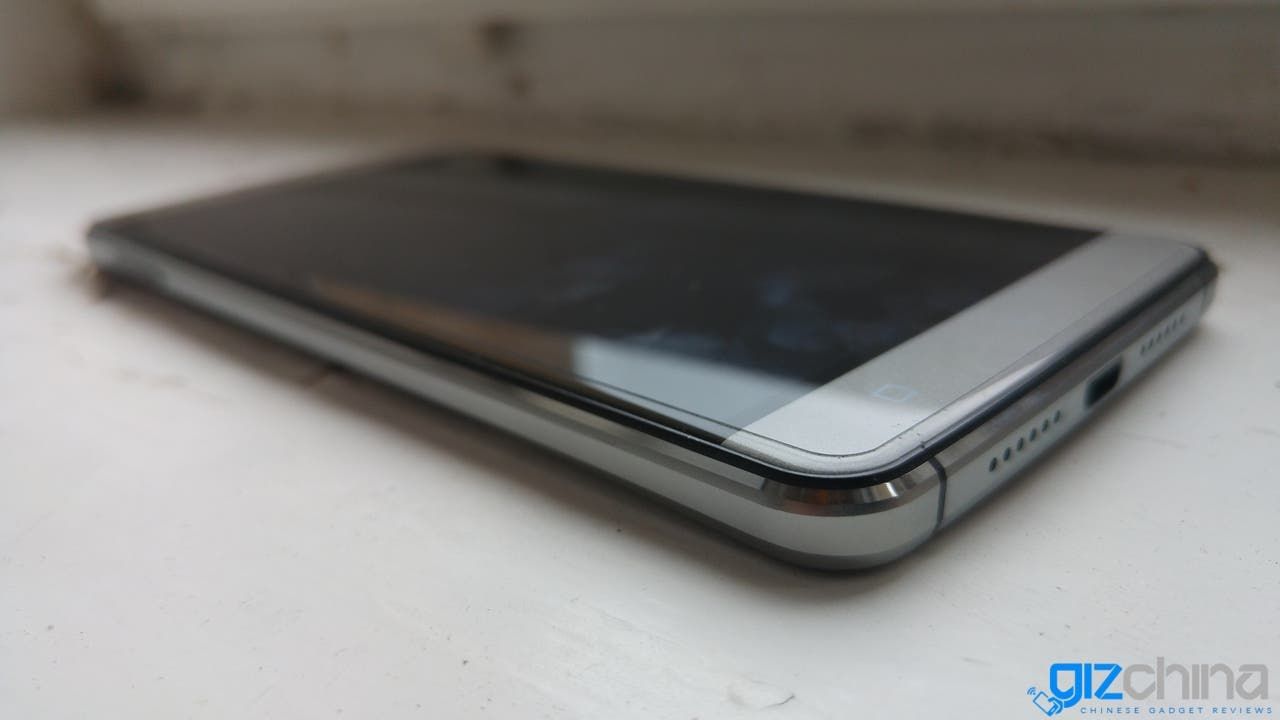
I have spent almost 14 days with the Blackview R7 and during the testing i had to get used to quite some annoying bugs and flaws. The most crucial one is the battery life, which is really just abyssmal. Furthermore the camera didn’t impress me much, same as the weak signal sensitivity, weak and slow mobile data, low audio volume and crappy recorded audio in the videos.
On the other hand the phone scored big points with the display quality and color balance, ideally optimized ROM and UI, good performance, GPS and numerous 4G band support and excellent fingerprint scanner.
Once again we would like to thank the Blackview for providing the review sample and you can buy this phone from here ($167).
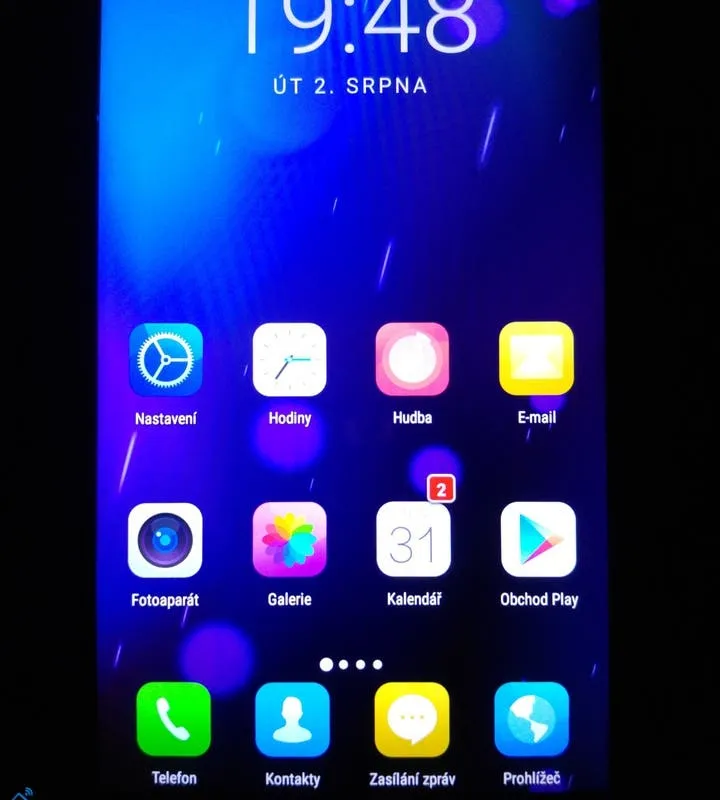

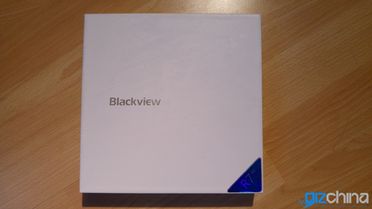
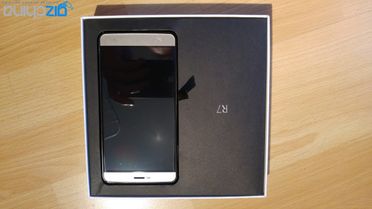
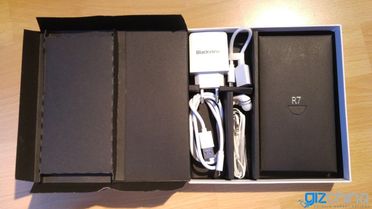
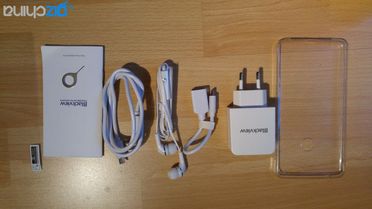
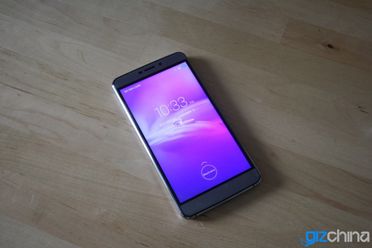
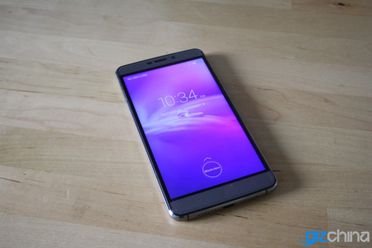
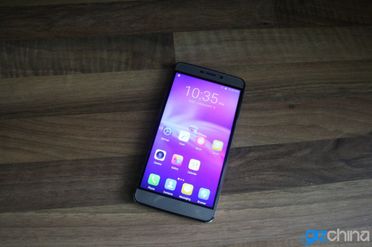
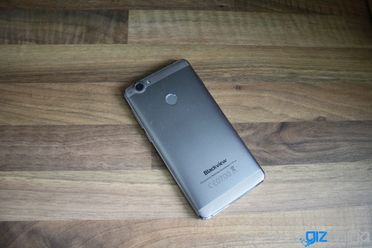
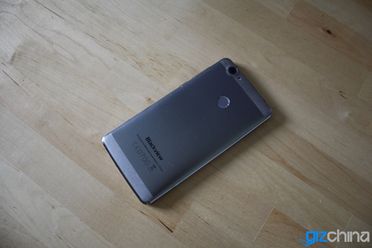
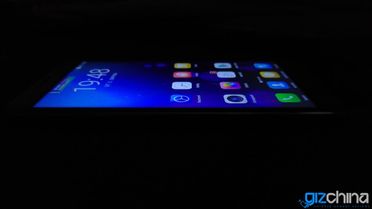
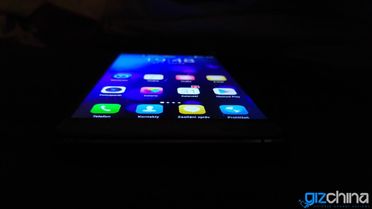
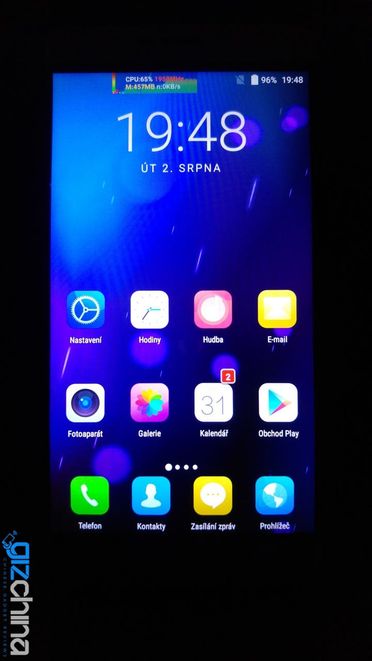
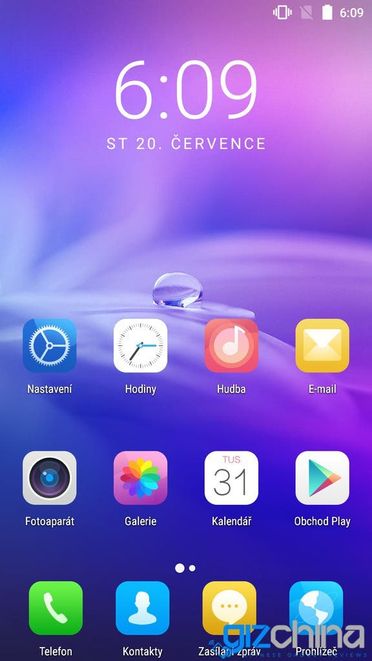
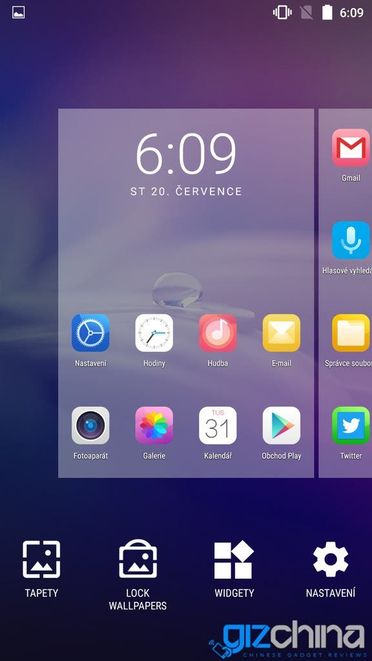
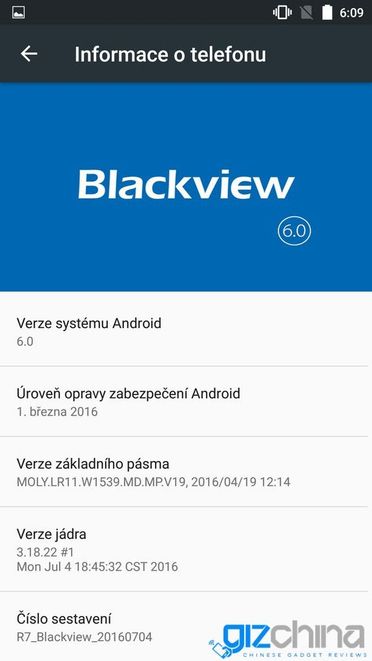
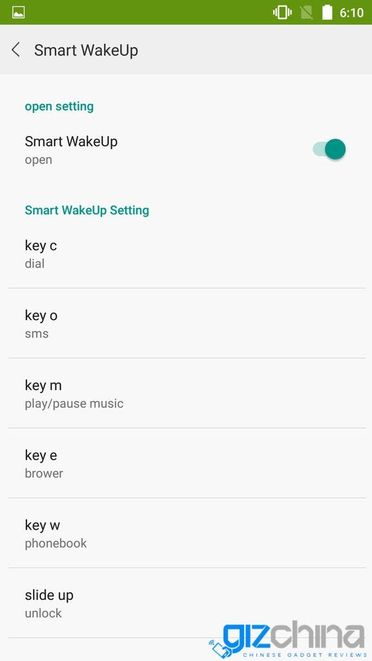
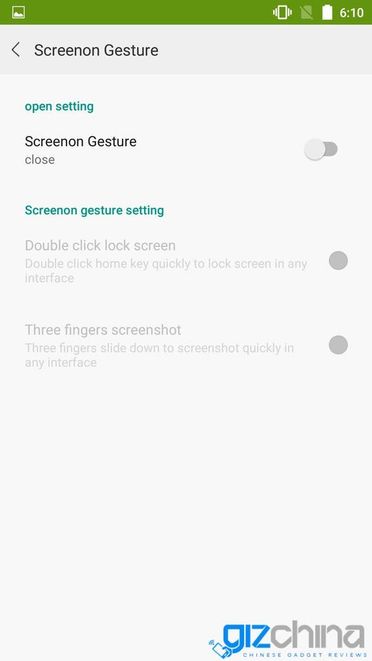
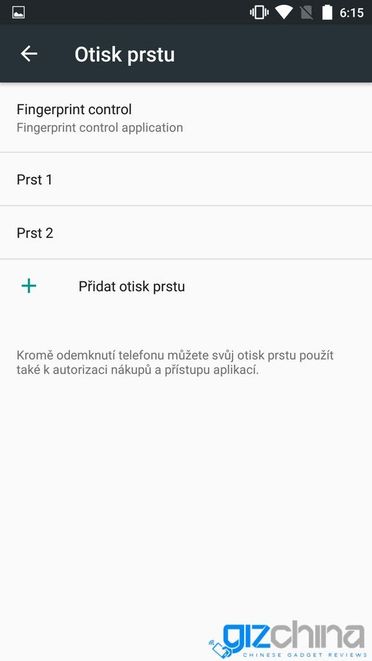
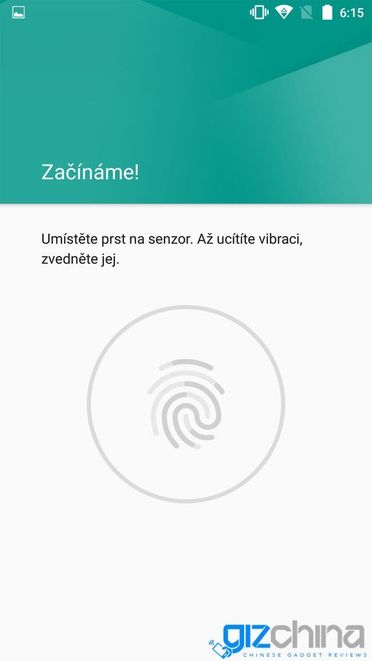
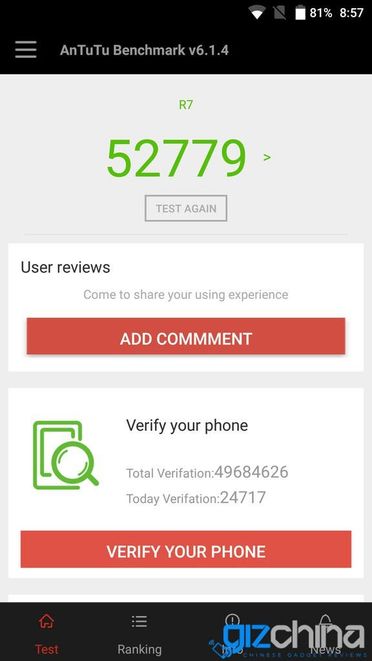
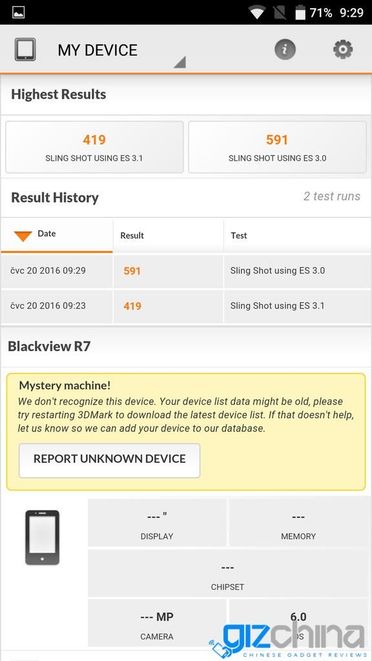
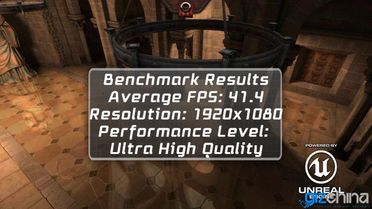
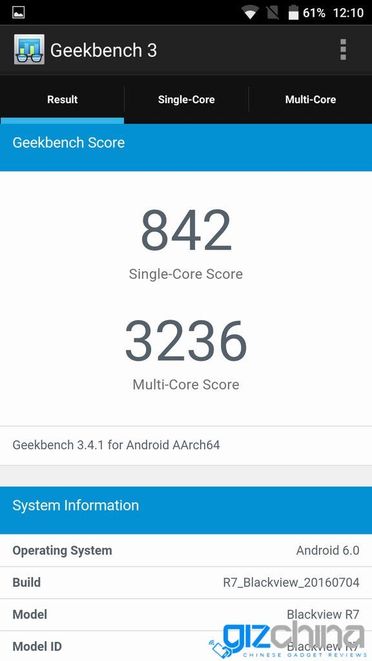
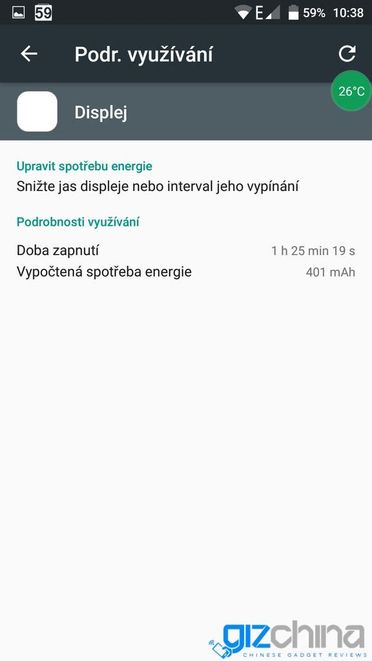
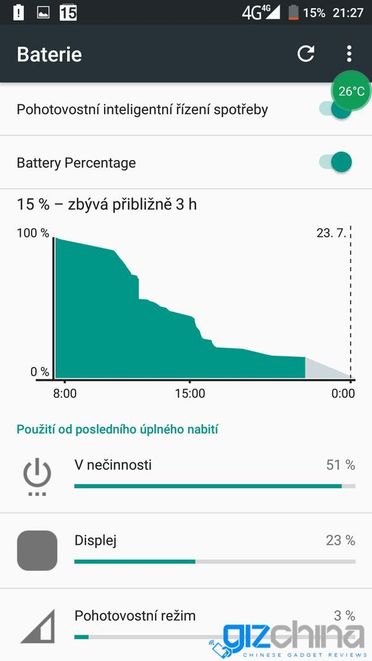
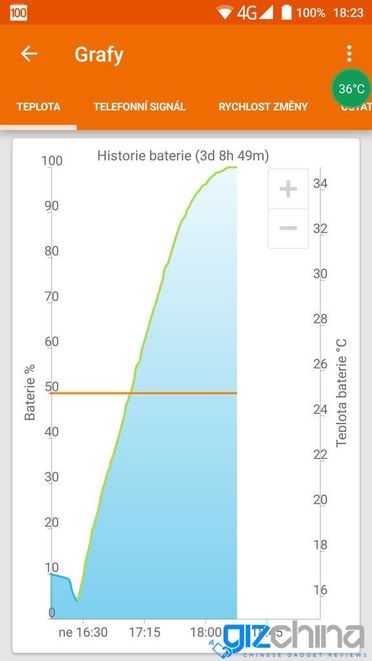
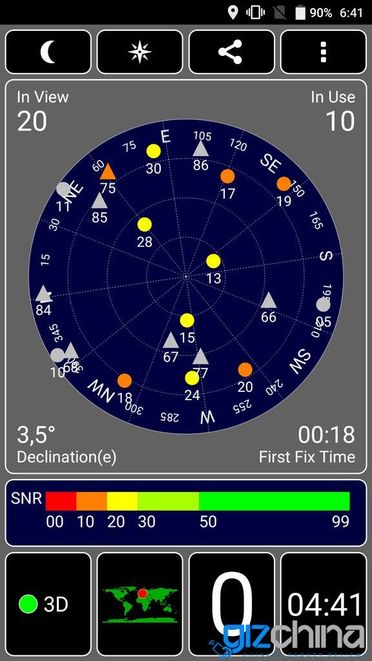
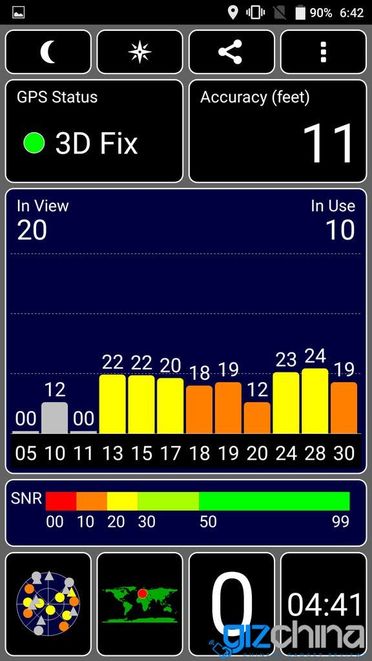
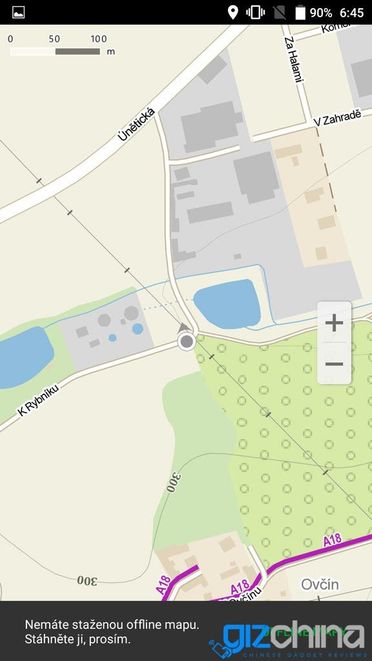
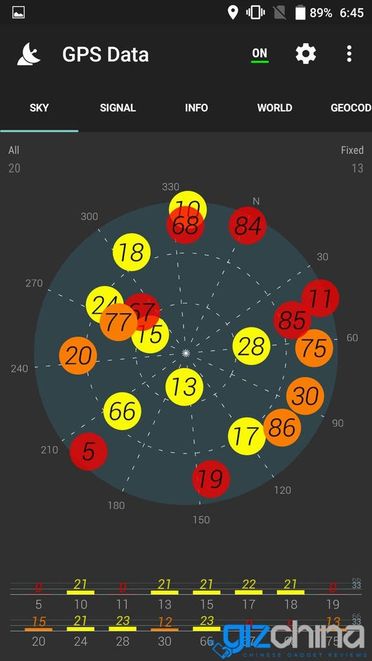
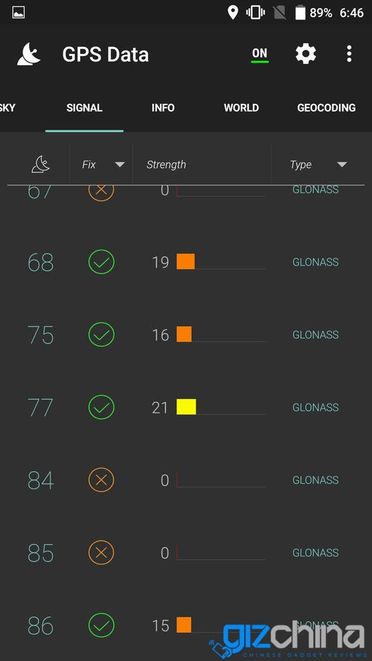
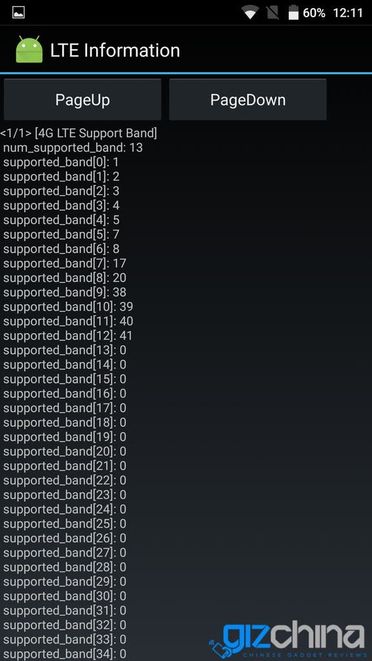
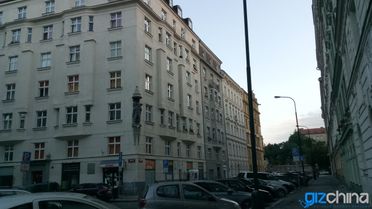
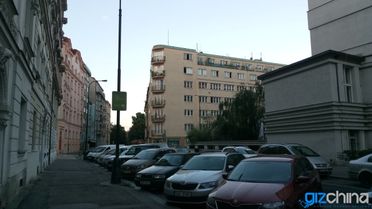


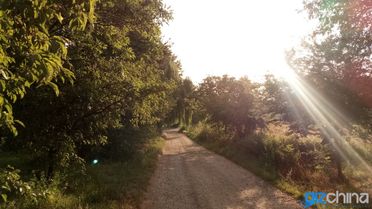

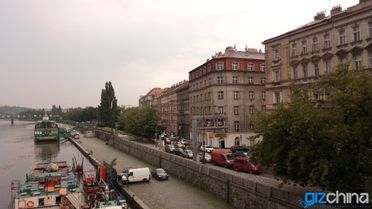




Place comments
0 Comments
You are currently seeing only the comments you are notified about, if you want to see all comments from this post, click the button below.
Show all comments